Pros and Cons
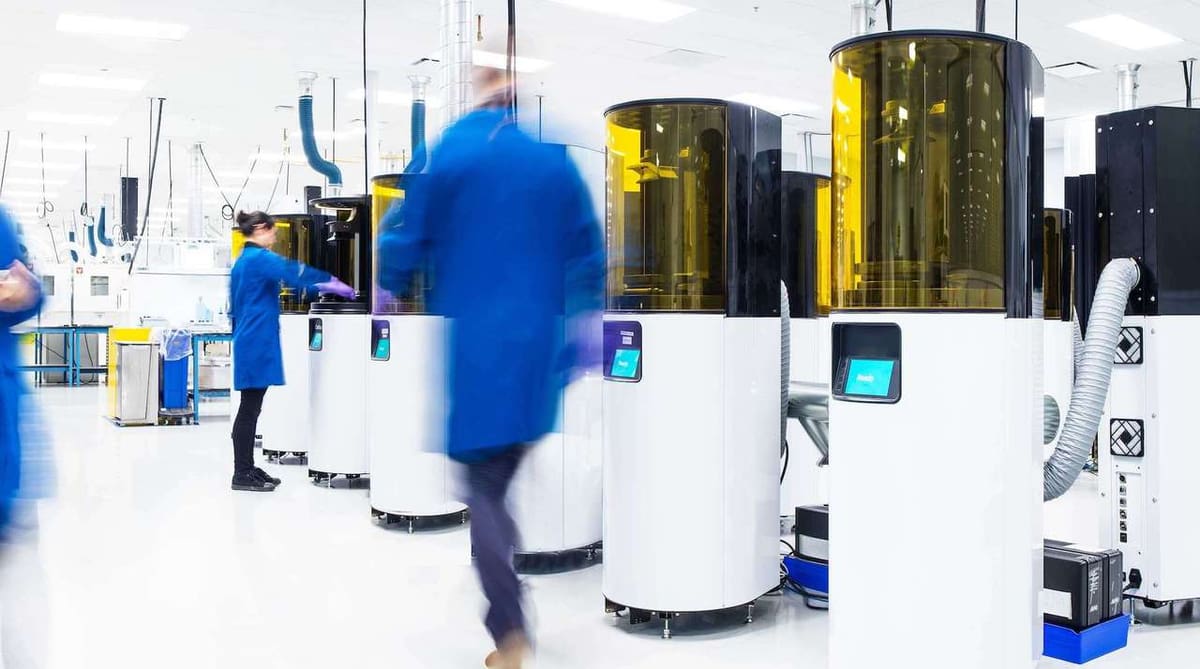
Chances are you’ve heard the stories with the headlines suggesting that 3D printing is the next industrial revolution. 3D printing definitely has enormous potential, but is it already there? Using 3D printing for mass production sure would be a step in that direction.
When considering whether 3D printing is suitable for mass production, one must look at what it brings to the table. One of the biggest advantages of 3D printing over standard manufacturing techniques is its ability to produce almost any shape the designer can imagine.
For example, Adidas turned to 3D printing to produce midsoles for their Futurecraft 4D sneakers. They feature an extremely complex geometry that simply can’t be produced using traditional manufacturing techniques.
Despite the rapid progress in the 3D printing industry, other manufacturing technologies still have something to offer, namely production volume capabilities. And this remains one of the biggest challenges in 3D printing, which in most cases, can’t match the production volume of, for example, injection molding.
But, what about the cost? Well, that’s where 3D printing does have a lot to offer. Especially depending on the scale and complexity of the design, 3D printing might actually be the more affordable option.
In the following paragraphs, we’ll present some successful applications of 3D printing to mass production. Let’s dive in!
Adidas: Shoe Midsoles
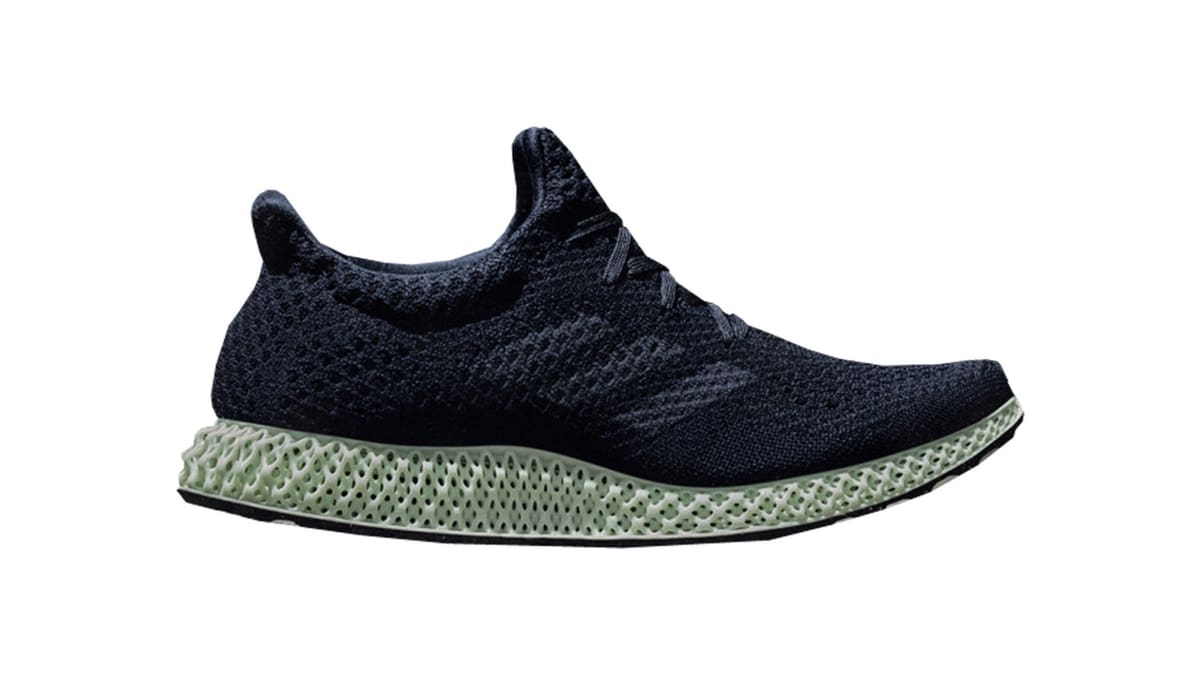
As mentioned above, Adidas is utilizing 3D printing mass production in a rather unique way. Back in 2017, the company revealed its collaboration with Carbon to produce midsoles for their new sneaker, the Futurecraft 4D.
The midsole for the Futurecraft 4D features an incredibly complex geometry, which would be extremely challenging if not impossible to produce using standard manufacturing techniques. That’s why Adidas went down the 3D printing route.
In 2018, Adidas set the goal to produce 100,000 pairs of shoes (meaning 200,000 midsoles) by the end of the year. While it may seem like a lofty goal, Carbon was able to reach it with soles to spare!
But how on Earth did they manage to produce so much in such a short period? Well, that’s thanks to Carbon’s Digital Light Synthesis technology, which enables fast production of high-quality parts.
The technology basically works like digital light processing (DLP). What makes Carbon’s technology stand out is the extremely precise prints. This precision is possible due to Carbon’s use of a high-performance LED light engine, which projects images of the part’s cross-sectional areas. That causes the resin to cure in the desired shape. No different than DLP technology.
Thanks to Carbon’s innovative approach to 3D printing, it’s possible to create complex end-use parts, like the midsoles of the Adidas Futurecraft 4D.
BMW: End Use Parts
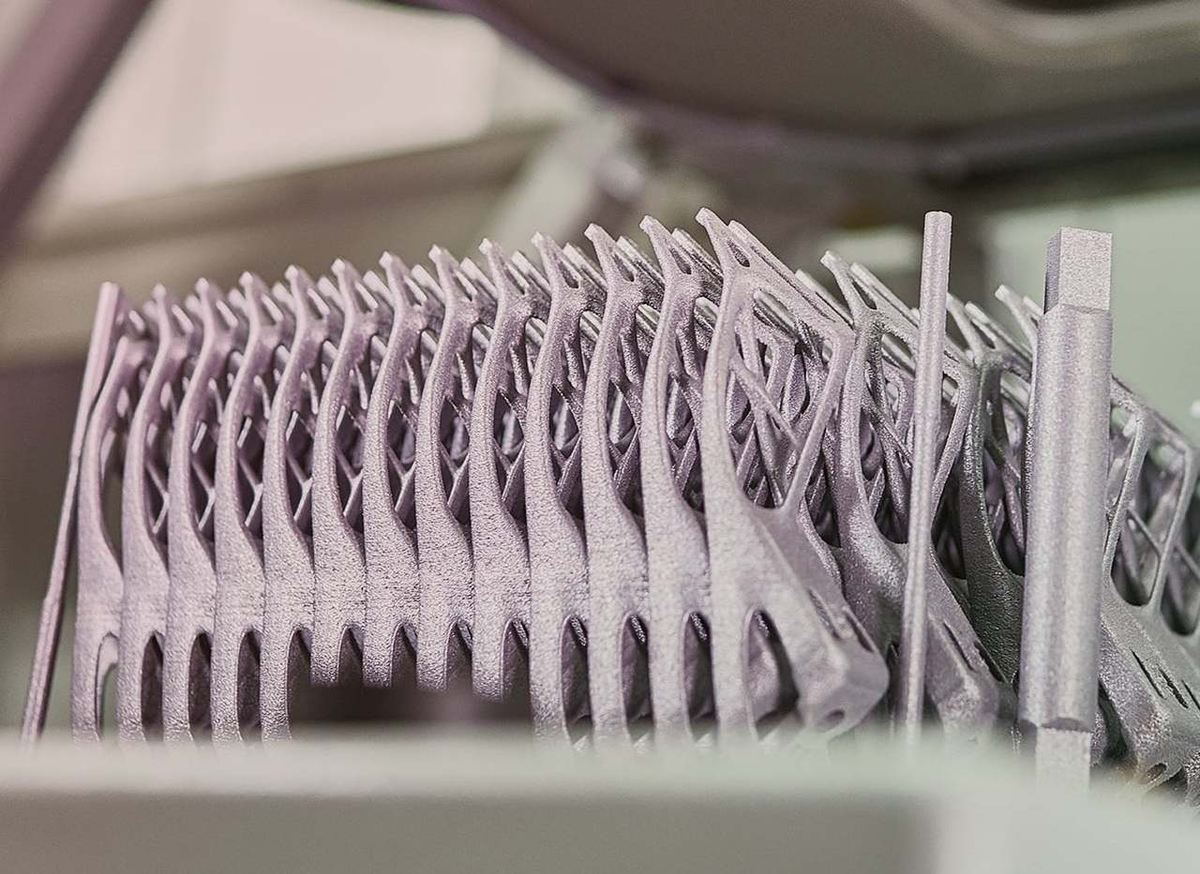
3D printing technologies have been implemented by automakers for quite some time now, mostly for rapid prototyping. As 3D printing technologies such as SLM (Selective Laser Melting) became more advanced and more affordable, 3D printing metal end-use parts was made possible.
One of the best examples for such a case is BMW. Since 1990, BMW has been researching 3D printing technologies. And now, 3D printing is entering their production lines with their latest flagship model: the BMW i8 Roadster.
BMW is using SLM 3D printers to produce the mountings for the top cover of the roof opening/closing mechanism. As BMW stated, it would not have been possible to produce such part using a traditional casting process. Also, BMW claims the 3D printed part is stronger and lighter weight.
Considering it’s a flagship model, the BMW i8 Roadster will be produced in rather big quantities. Although we don’t know the exact number, we know for a fact that the i8 Roadster is, in fact, a mass-produced vehicle, like most other BMW’s.
This proves 3D printing is able to handle mass part production. Because the parts are made out of metal powder, using a powder sintering technology, it’s possible to 3D print a whole lot at once.
Take a look at the picture above, and you’ll see how many BMW can produce at a single machine at once!
Chanel: Mascara Brush
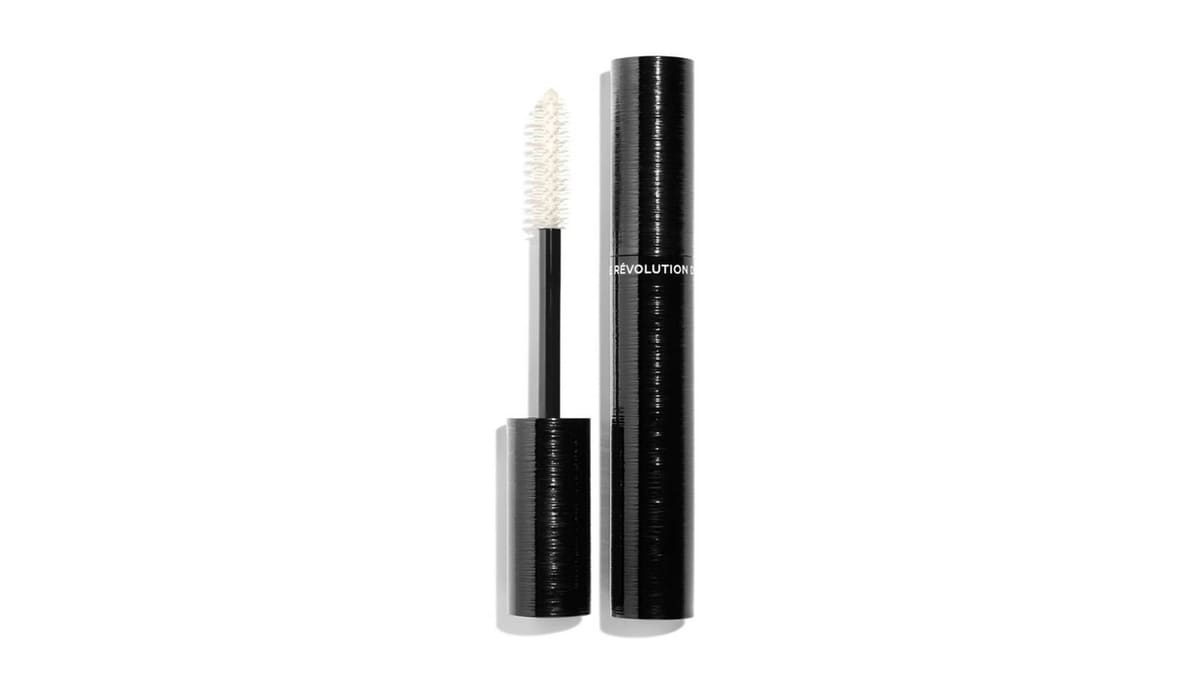
Believe it or not, nowadays even mascara brushes are getting 3D printed! Chanel is heading this movement by partnering with Erpro Group, a 3D printing company based in Paris.
Chanel’s goal is to 3D print around a million of these brushes per month. That’s some serious 3D printing mass production!
The idea behind 3D printing a mascara brush is to enhance its performance. Unfortunately, we don’t know which 3D printing technology was used in the production of these brushes.
But what sets these brushes apart from the standard ones? Well, it’s the design. Chanel designed these new brushes so that a higher volume of mascara could be applied to the brush. Also, new 3D printed brushes should provide better adhesion of the mascara to the eyelashes.
Rehook: Mid-Level Production
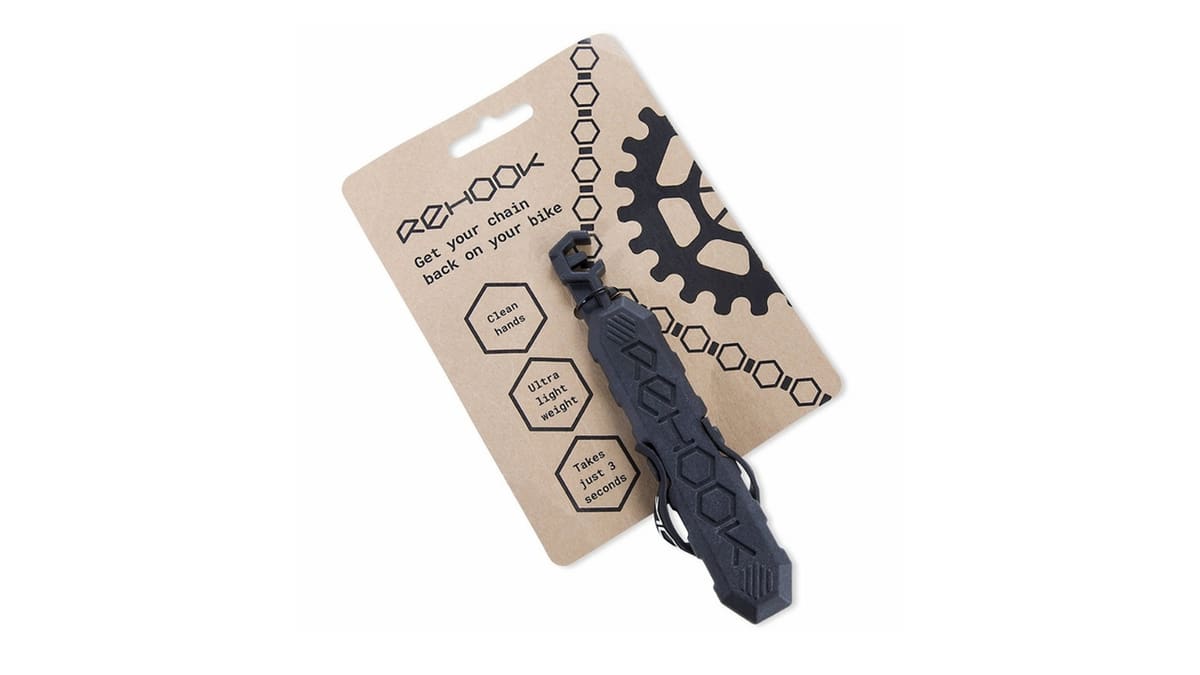
Rehook is a handy tool which helps you get your dropped bike chain back on track. It was developed by a group of cyclists and is currently being produced on SLS 3D printers using graphite-filled nylon material.
Rehook is produced in mid-level production volumes entirely using 3D printers. Although this article is about 3D printing in mass production, we still felt the need to include Rehook.
This is a great example of how 3D printing can make production faster and cheaper. After all, Rehook is a startup, which means every dollar is hugely important.
3D printing enabled Rehook to place the product on the market in a short period of time. If there wasn’t 3D printing, Rehook would first need to invest traditional techniques making the production more expensive.
Since SLS is utilized for production, it enables a large amount of Rehooks to be produced at the same time and with great quality.
IKEA: Hand-Shaped Hooks

Swedish furniture giant IKEA decided to select 3D printing as a manufacturing solution for one of its newest products: a mesh hand from the OMEDELBAR collection.
IKEA’s OMEDELBAR collection was created in a collaboration with stylist Bea Åkerlund. IKEA’s first ever 3D printed mass-produced product is a mesh hand from the OMEDELBAR collection.
The mesh hand can be hung on the wall or used as a decorative hanger for jewelry. The production quantity is unknown, but we know for a fact it’s big enough to be considered as mass production.
The 3D printing technology of choice for IKEA is SLS, which enables the production of multiple OMEDELNAR mesh hands at once on a single machine.
But, at the end of the day, why did IKEA go down the 3D printing route? Well, it was surely done in order to make a step forward in innovation, but there’s also a practical reason.
As stated by an IKEA employee, sometimes the team needed to scrap the entire product because the design was too challenging to produce. The OMEDELBAR mesh hand features, you’ve guessed it, a complex mesh design.
Using traditional manufacturing techniques, it would be quite hard and expensive to mass produce such a product. 3D printing gave the designers much more design freedom.
In The End
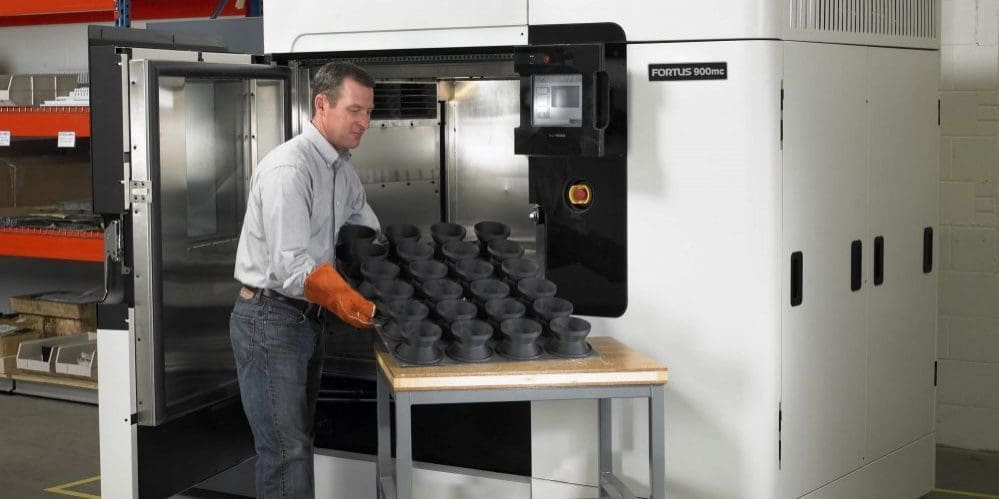
As you can tell by the examples described above, 3D printing is already being utilized in the production of end-use parts. But still, you may be wondering what makes 3D printing more suitable over traditional manufacturing techniques. Luckily, we have the answer.
There are two main questions which decide whether or not 3D printing is suitable for production:
- Is the technology able to meet the desired production volume?
- If 3D printing is capable to meet the production volume goals, then yes, it should be considered. However, cost-effectiveness must not be forgotten.
- Is it cheaper to produce parts using 3D printing?
- This is a crucial question. Traditional manufacturing technologies aren’t capable of producing extremely complex parts, but 3D printing is. Also, traditional manufacturing technologies require tool making before the start of production, which adds up to the cost.
There’s no simple answer to the question in the headline; there are just too many parameters. For example, if you need to produce a million plastic pots, traditional manufacturing technologies can do it faster and cheaper than 3D printing. Why? Because a million parts is not a small number, but also because a pot isn’t a complex shape.
On the other hand, if you’re in a need of a solution to produce a complex shape like IKEA’s Omedelbar hand, 3D printing can do it cheaper and faster. Why? Because tool-making for such a complex shape would be extremely tough and expensive.
The best answer, then, would be, yes, 3D printing can be used for mass production, but it greatly depends on what you want to produce!
Feature image source: 3D Hubs